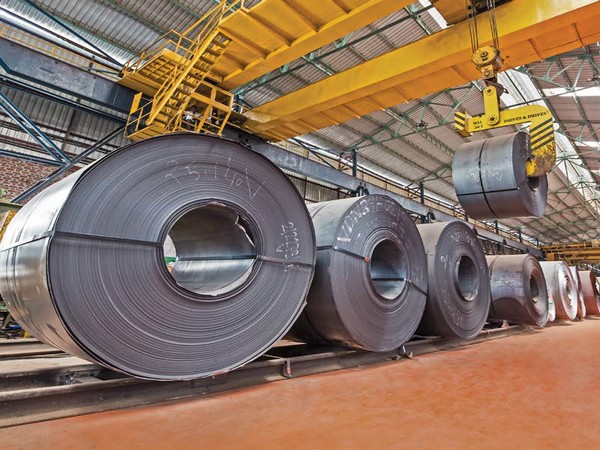Steel Sector Under Pressure: Impact of Chinese Exports and Global Economic Shifts
A recent report by Axis Securities highlights anticipated margin pressures on steel companies in FY25's third quarter due to suppressed steel prices, largely influenced by weak Chinese demand and increased Chinese exports. Potential recovery signs in China's property sector and global economic factors also impact market dynamics.

- Country:
- India
Steel companies in the nation are bracing for margin pressures in the third quarter of FY25, as muted steel prices face downward pressure, according to a report from Axis Securities. The report attributes this to weak demand in China coupled with increased steel exports from the country.
The data indicate that Chinese steel exports soared to 92 million tonnes per annum from January to October 2024, a 22 percent year-on-year rise. This export surge has contributed to an oversupply in the global market, subsequently impacting domestic steel prices. The report observes that domestic demand in China remains weak, a factor compounded by the high levels of Chinese steel exports.
In Mumbai, the price for hot-rolled coil (HRC) steel dropped by 8 percent year-on-year, and 6 percent quarter-on-quarter to Rs 51,802 per tonne in the second quarter of FY25, with spot prices dipping further to Rs 49,000 per tonne. Meanwhile, there are tentative recovery indicators in China's residential property market, following policy measures to boost demand.
Despite these signs of recovery, challenges persist as illustrated by a 19 percent year-to-date decline in the three-month moving average of floor space across China in September 2024. Transaction volumes in major cities show a slight rise, but overall demand remains soft.
Globally, the potential for a rate cut by the US Federal Reserve has been reduced to 58.9 percent, down from 76.8 percent, due to robust American economic data. Concurrently, China has retracted a 13 percent export rebate on aluminum and copper starting December 1, 2024, in anticipation of new US tariff measures.
These factors underscore ongoing challenges and possible transformations in both the domestic and international steel and metals markets.
(With inputs from agencies.)










